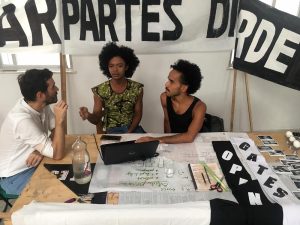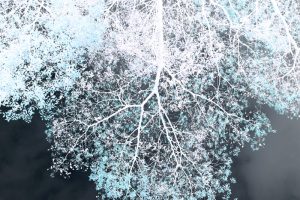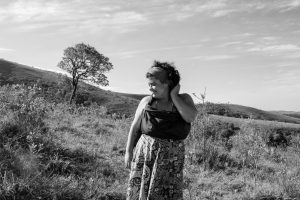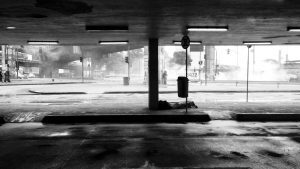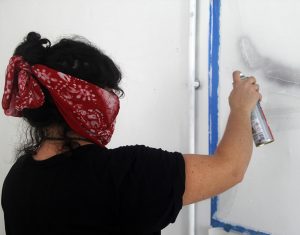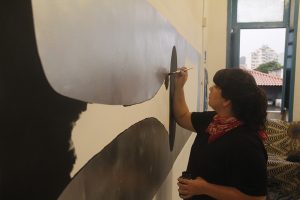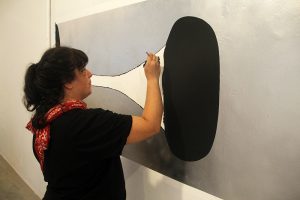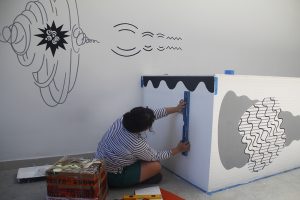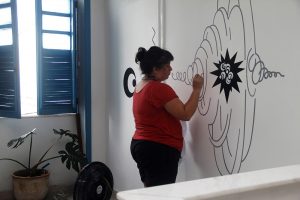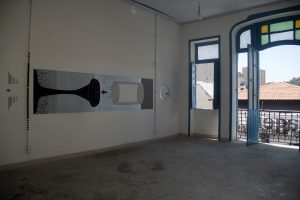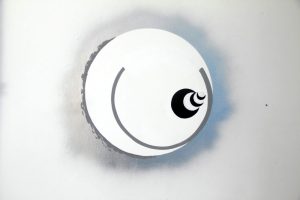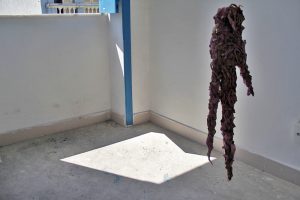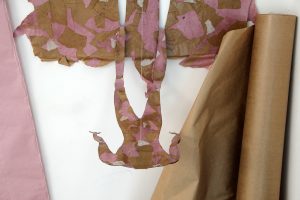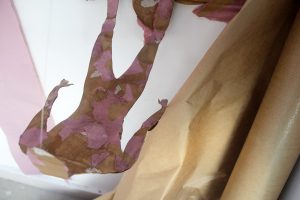Born in Aparecida de Goiânia (GO), lives and works between Goiânia, Brasília and São Paulo. He holds a Phd and a Master’s Degree in Art and Visual Culture from the Federal University of Goiás (UFG). His works are part of public collections such as the Museu de Arte do Rio (MAR), Museu de Arte de Brasília, Museu de Arte Contemporânea, Goiás (MAC – GO) and Casa do Olhar Luiz Sacilotto. He is a member of the EmpreZa Performance Group.
The body is a dimension constantly explored in his production, an important material, social and geographical support of discussions that permeate situations of conflict, either as a way of experiencing and testing its physical limits, or as a way of translating relations of power. His research develops in various media such as sculpture, installation, drawing, painting, video, photography and performance, addressing the problems and symbologies of the body in contemporary society, its use, control, violence, resistance, abuse and power relationships.
During his residence at Despina, the artist will develop works that deal with the political and social situation of the country, always attentive to the daily events that surround the city of Rio de Janeiro and the surroundings of the studio space.
Solo exhibitions
“Closed Body”, at C Galeria, Rio de Janeiro, Brazil [2018]; “Damage and Excess”, Galeria Andrea Rehder, São Paulo, Brazil [2016]; “Fire Warning”, Elefante Centro Cultural, Brasília, Brazil [2015].
Group exhibitions
29th Edition of the Program of Exhibitions of Centro Cultural São Paulo, São Paulo, Brazil; 36th Panorama of Brazilian Art, Museu de Arte Moderna, São Paulo, Brasil [2019]; “Art Democracy Utopy: Who does not fight is dead!”, Museu de Arte do Rio (MAR), Rio de Janeiro, Brazil; “Demonstration by Absurd”, Instituto Tomie Othake, São Paulo, Brazil [2018]; “The Flags of Revolution”, Fundação Joaquim Nabuco, Recife, Brazil; 13th Verbo, Galeria Vermelho, São Paulo, Brazil; “Bone”, Instituto Tomie Ohtake, São Paulo, Brazil [2017]; Dark Mofo, Museum of Old and New Art, Tasmania, Australia; Behind the Sun, HOME, London (UK); “The Color of Brazil”, Museu de Arte do Rio (MAR), Rio de Janeiro, Brazil [2016]; “Communal Land: Marina Abramovic + MAI”, Sesc Pompéia, São Paulo, Brazil [2015].
Awards/Residencies
7th SP-Arte Residency Award, Delfina Foundation, London – UK [2019]; Foco Bradesco ArtRio Award, Despina Residency Programme, Rio de Janeiro, Brazil [2019]; Pivô Arte Pesquisa [2018]; 45th Luiz Sacilotto Contemporary Art Salon, Prêmio Aquisição [2017].
More information
Facebook: https://www.facebook.com/paul.setubal
Website: https://www.paulsetubal.com
Instagram: @paulsetubal
Pictures Gallery
soon
This residence happens as a result of the award received by the artist at the 6th FOCO Bradesco ArtRio Award in 2018.








